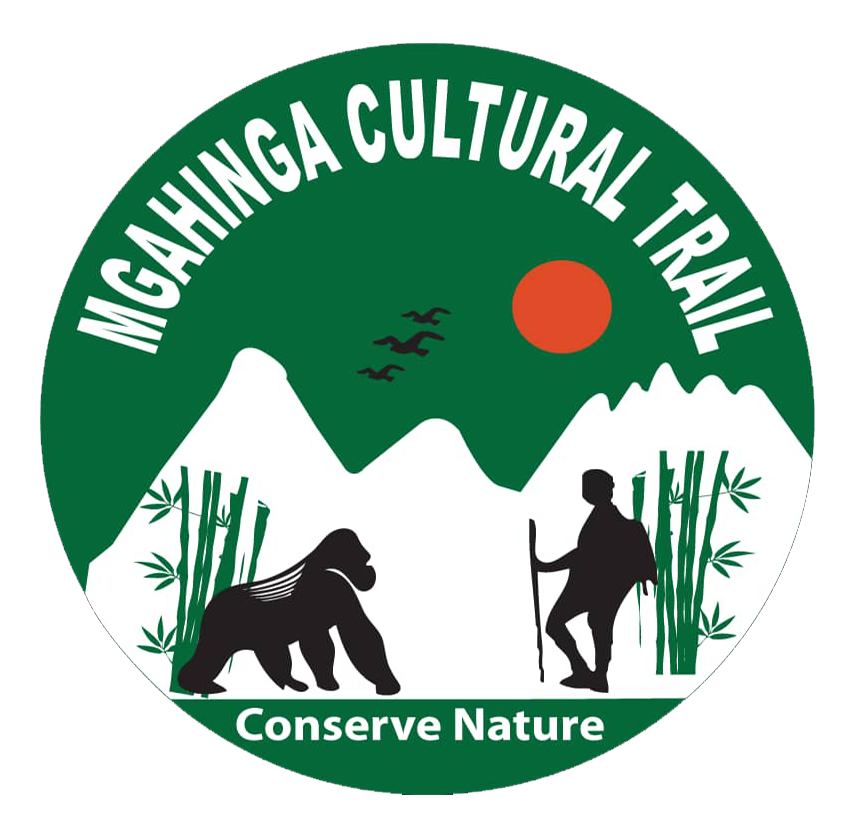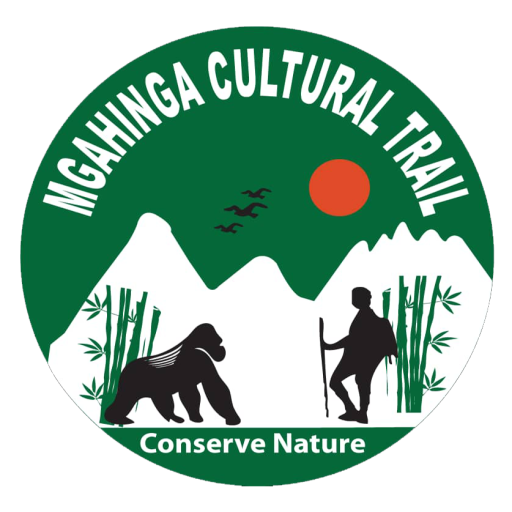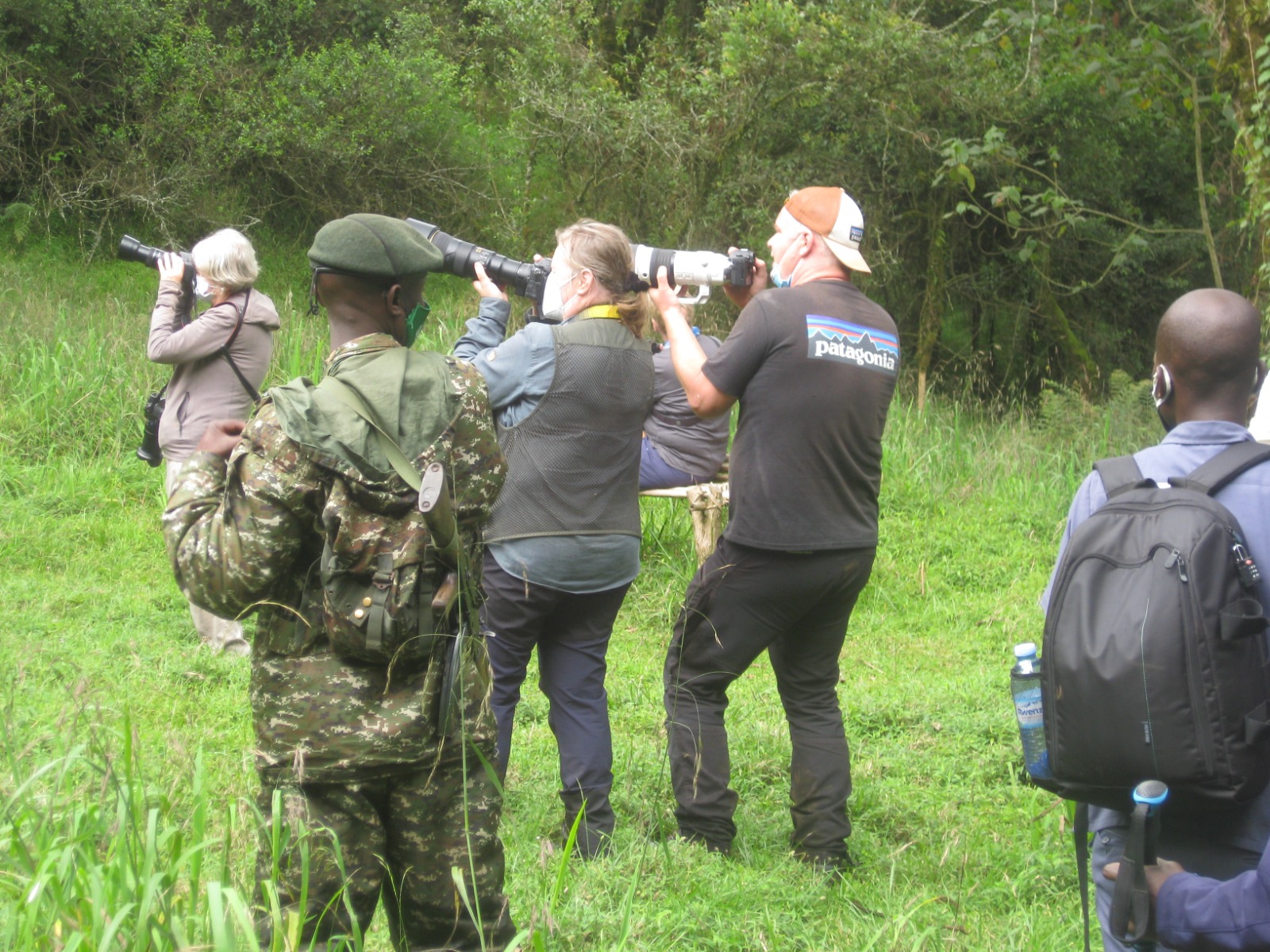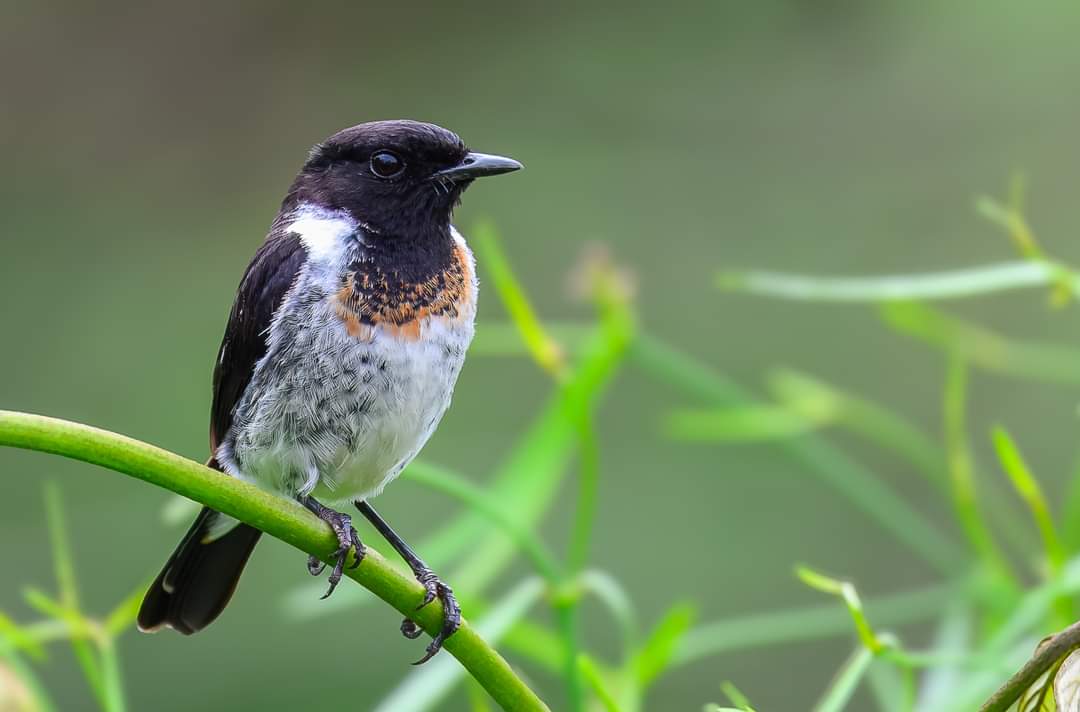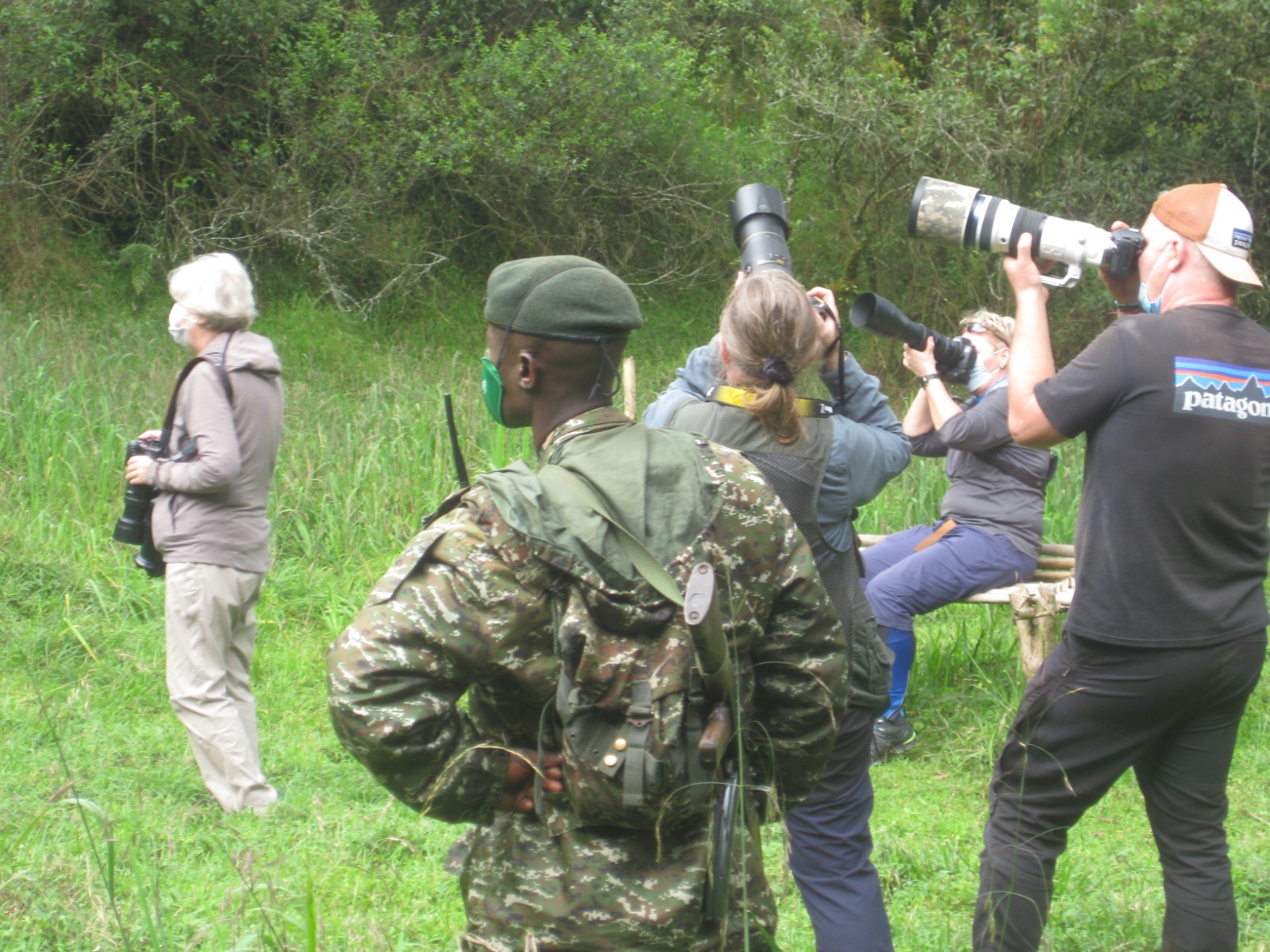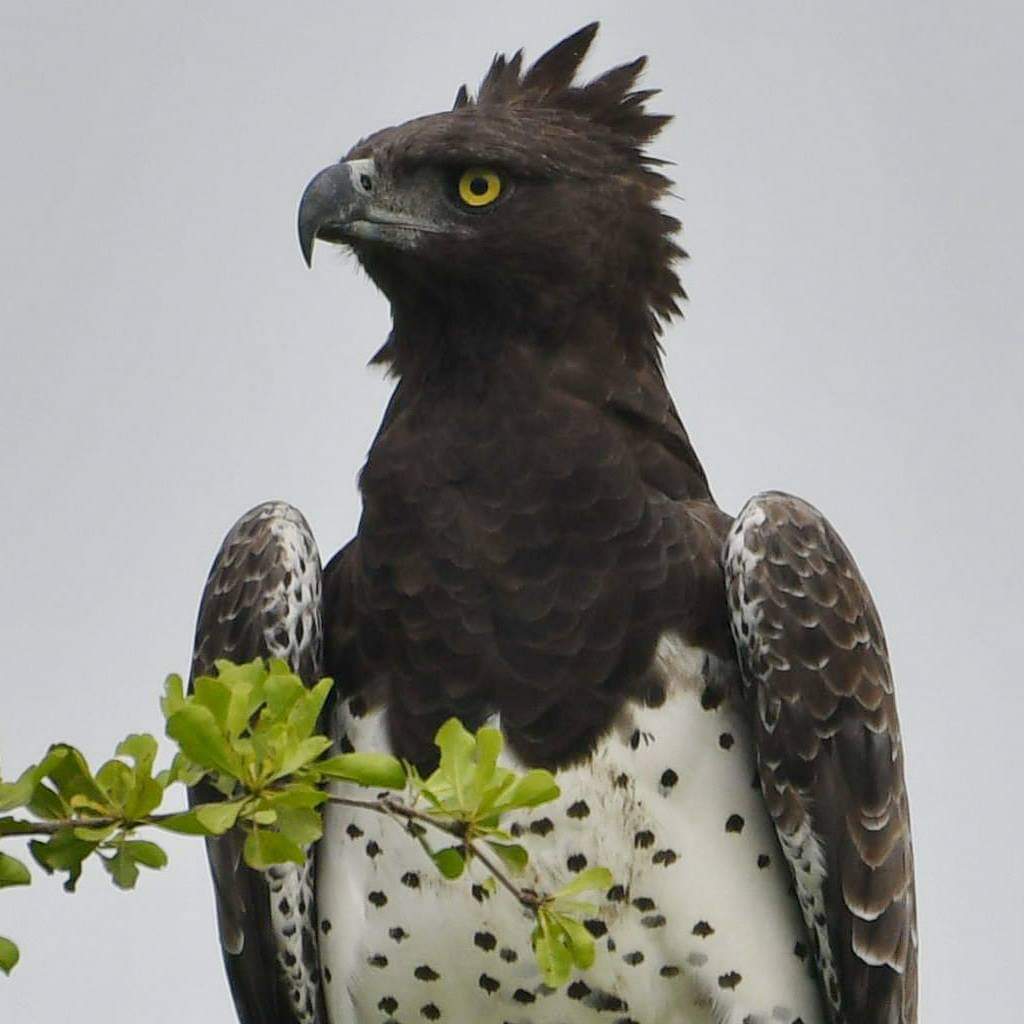Echuya Forest
- Home
- Echuya Forest
A birding paradise
ECHUYA FOREST
Echaya forests is one of a few tropical rain forests that still exist in Uganda. It is a Magical rain-forests in Kisoro and Rubanda districts south western Uganda. This rain forest is found along the popular Kigezi highlands which borders Rwanda and it’s also famous as a bamboo forest. Echuya forests reserve is perched along the Albertine rift area of the eastern Afro-montane hot spot, a region rich with endemic species.
Echuya forests was first gazzatted as un demarcated crown forests of 41.4KM2 in the laws of Uganda in 1951. All crown forests in Uganda were then regazetted as central forests reserves. Echuya Forests was regazetted in 1964 by statutory instrument No. 11 of 1963. All these regazettement events reflect the forest cover loss events that started then and still prevalent up to date.
Where is Echuya Forests?
Echuya Central Forest Reserve (CFR) has 20 percent of its area situated in Bufumbira county in Kisoro District and the remaining 80 percent in Rubanda county in Rubanda District. The southern end runs along the north-eastern border of Rwanda. It lies between 1⁰14’- 1⁰21’ S and 29⁰ 47’-29⁰ 52’ E covers an area of 34km2, With altitudinal range of 2,270 – 2,750m asl. It is situated on a high altitude ridge running between lake Bunyonyi 5 km to the east, and Mgahinga Gorilla National park, 13km to the south west. It is 11Km east of Kisoro Municipality. The main kabale-Kisoro road passes through the northern end.
Echuya Central Forests Reserve is located in one of the most populated areas and majority depend on subsistence farming. Its long time existence has been largely depended on the support from its surrounding communities. This forest reserve occupied 35km2 of the land area between Kisoro and lake Bunyonyi. It’s also the least explored reserves by visitors on Uganda safaris thus guaranteeing you authentic wilderness experience.
Echuya forests support a vast montane habitat which include ever green forest and bamboo. It features a high altitude swamp, also well-known as Muchuya which is also one of the best spots to sight over 30 to 50 pairs of the endangered grauer’s swamp warblers. Entirely, Echuya forests is listed among the many important Bird areas in Uganda. It boasts of an estimated population of about 153 bird species. 18 of these are endemic species. It also serves as a home to the Batwa (pygmies) who spent their time hunting small animals, Gathering fruits and fire wood.
FLORA: Echuya as dominated by Bamboo, sinaru ndinaria alpine, and where this is less dense there are woody and herbaceous plants. A total of 20 species of trees have been recorded in the whole forest. Most of the tree species are early pioneers or secondary species implying that Echuya is a secondary forest. Macaranga capensis is the most dominant tree occupying 65% of the forests cover. Seventy-two species of herbs and 46 of shrubs have been recorded in forest.
LARGE MAMMALS OF ECHUYA FOREST:
Ten species of mammals, including humans have been recorded to be living in the Echuya forest. Most of these species were forest defendant species.
Three medium sized carnivore species also recorded were the African Golden cat (caracal aurata), serval cat (Heptailurus serval) and the side- striped jackal (canis adustus).
SMALL MAMMALS
Three albertine rift endemic were recorded: Rodents-lophuromys woosnami and delanymys brooksi and shrew Ruwenzorisorex suncoides. Delanymys brooksiis a rare Albertine rift endemic restricted to montane swamps in the kigezi area of Uganda and the bordering area of DR Cong and Rwanda. The most abundant small mammal species were lophuromys flavopunctatus and mastomys nataleusis.
BIRD SPECIES
A total of49 species of birds were recorded for the whole forest of which 15 were albertine Rift endemics. Other than globally threatened Grauers warblers, other birds to expect to sight on birding tour in Echuya forest include the red throated alethe, collared apalis, mountain masked apalais kivu ground thrub, red faced woodland warblers, dwarf honeyguide weavers, Dorherty’s bush shrike, regal sunbird, Rwenzori batis, white eyed slaty flycatcher, to mention but a few.
Because of the forests harboring a substantial number of Albertine Rift endemic and globally threatened bird species, it has made the forest a biodiversity hotspot in term of species rarity both nationally and within the Albertive Rift.
Other Species that Echuya forest reserve protects include 53 butterfly species, 43 moth species, 127 tree species mainly dominated by moist montane forest, hagenia, bamboo and herbaceous plants which occupy areas with less bamboo and woody vegetation.
Sub title
BIRD SPECIES
A total of49 species of birds were recorded for the whole forest of which 15 were albertine Rift endemics. Other than globally threatened Grauers warblers, other birds to expect to sight on birding tour in Echuya forest include the red throated alethe, collared apalis, mountain masked apalais kivu ground thrub, red faced woodland warblers, dwarf honeyguide weavers, Dorherty’s bush shrike, regal sunbird, Rwenzori batis, white eyed slaty flycatcher, to mention but a few. Because of the forests harboring a substantial number of Albertine Rift endemic and globally threatened bird species, it has made the forest a biodiversity hotspot in term of species rarity both nationally and within the Albertive Rift. Other Species that Echuya forest reserve protects include 53 butterfly species, 43 moth species, 127 tree species mainly dominated by moist montane forest, hagenia, bamboo and herbaceous plants which occupy areas with less bamboo and woody vegetation.
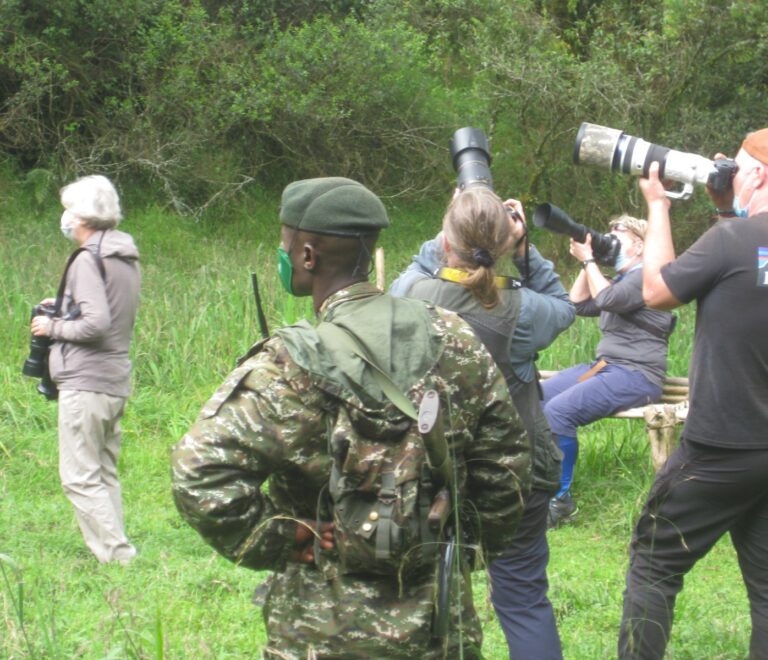
About Us
We are passionate about travel and dedicated to offering the highest quality service. Our team comprises local experts who have an intimate knowledge of Uganda’s hidden gems, from the verdant rainforests and majestic mountains to the sprawling savannas and pristine lakes.
